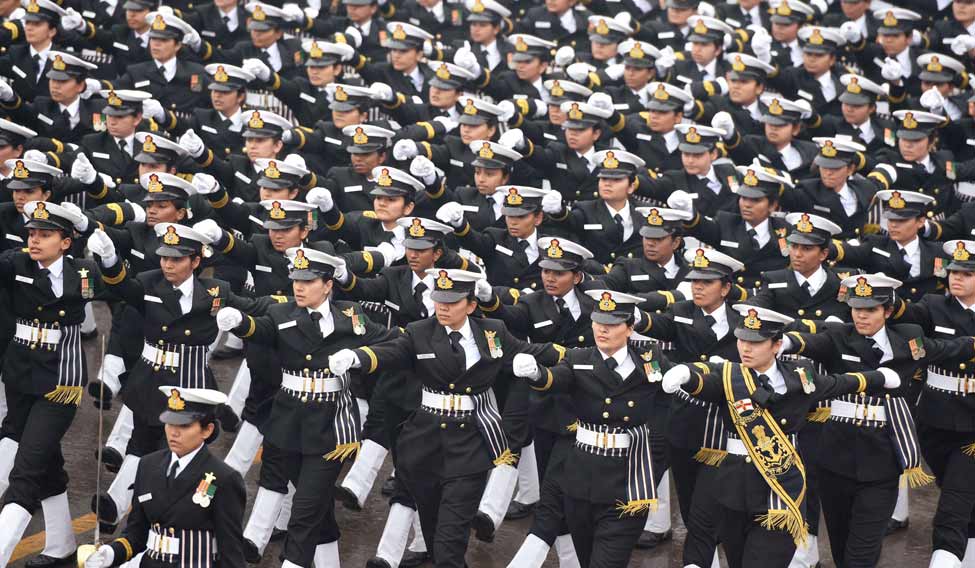When the US forces invaded Panama in the winter of 1989-90, their 82nd Airborne Division couldn't take its intelligence officer who had specialised in Panama matters. Reason: The officer was pregnant.
This, and such other reasons have always been put forward by the military brass for not letting women join combat duties. But now the army chief Gen. Bipin Rawat has overruled such objections and has said that women will soon be recruited into combat arms.
Rawat isn't stating anything new. The policy intent was stated last year by President Pranab Mukherjee, who is also the supreme commander, in his address to the joint session of the houses of Parliament last year. “My government has approved the induction of women as short service commission officers and as fighter pilots in the Indian Air Force. In the future, my government will induct women in all the fighter streams of our armed forces,” he had said.
Women have been in the Indian armed forces since the First World War when they were taken as officers into the nursing service, which is an auxiliary service, and sent as far away as Flanders in France and the Middle East. In the Second World War, Netaji Bose raised a Rani Jhani Regiment under Captain Lakshmi for his Indian National Army.
Other non-combat branches, such as law, education, ordnance corps, service corps, air-traffic control and transport flying, were opened to women on short service commission after the cabinet committee on political affairs approved the proposal in 1992. Today, the Army has close to 1500 women officers, the IAF 1350 and the Navy 550, and none in non-officer cadre.
The inconsistency among the three services in granting permanent commission, which would have earned the women pension, has led to a plethora of court cases. The one filed by a few women Navy officers seeking permanent commission, is coming up in the Supreme Court in July.
One policy in which all three services had been consistent was in forbidding women from combat arms—infantry, artillery and armour in the army, fighter-flying in the air force and warship service in the navy. That policy changed last year when the IAF allowed three women to join the fighter-flying branch. The first three female fighter-fliers are currently training at the Air Force Academy, Dindigul. Now the Army too is letting them into combat units.
General Rawat's announcement has made women navy officers ask, “why not the Navy?”as Commander Prasanna Edayillam, who has been leading the navy women's battle in the courts, asks. “If countries where women's status is reportedly inferior have let women into combat, why don't we?” She particularly cites the case of Pakistan Air Force which stole a march over the IAF in letting women fly fighter planes much before IAF did.
Militaries have been hesitant to employ women in combat due to several fears. Field commanders may continue to be protective, and wouldn't throw women into combat mission; women falling into enemy hands may be treated savagely; there aren't toilets or other private spaces in the field; warships baths are doorless; the military is a world of male bonding and ribald jokes; pregnancy and motherhood would keep them away from duty for long; and so on. And then the basic argument: that armed forces aren't the fora for social justice experiments.
But pro-changers point out that things have changed. Combat no longer involves physical contact with the enemy; newer warships have doored baths; and women can manage themselves anywhere as men can. “If women can go to space, why not to sea?”asks Commander Edayillam.





